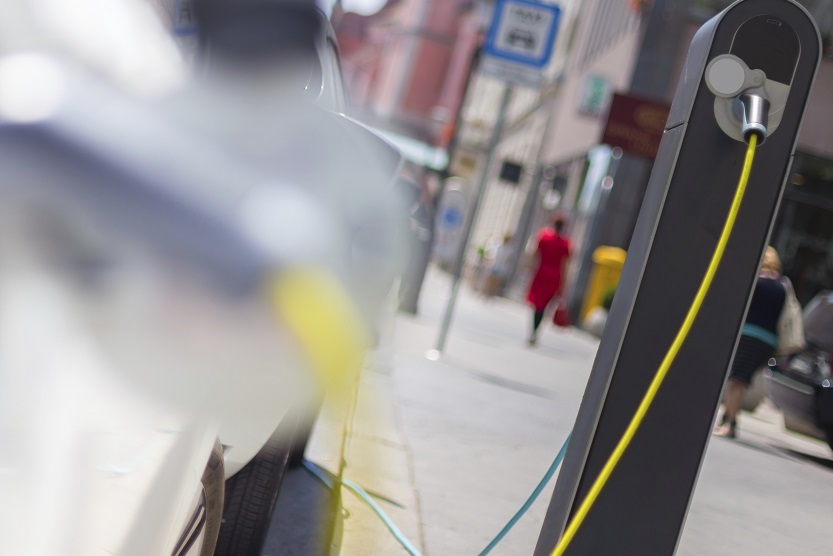A closer look: Electromobility
Motors and batteries
A complete transition to electric drives could potentially boost efficiency in the transport sector. A variety of electric motors can be used for this purpose. These electric motors are characterised by much higher efficiency than internal combustion engines. Electric motor efficiencies of over 90 percent and vehicle efficiencies of around 85 percent can thus be achieved. With regard to CO2 emissions, the increased use of electric vehicles offers a particular advantage when the electricity used is largely from renewable energies.
In the area of mobility, three-phase motors are commonly used. Due to their contactless power transmission and mechanically simple construction, wear on these motors is low and their efficiency constantly high. Energy recovery can also occur here thanks to the motor’s generator operation.
For efficient use of electric mobility, the first priority is reducing the weight and space requirements of the installed batteries. At the moment, however, batteries still have a low energy density compared to conventional fuels. This energy density is steadily growing as a result of technological developments, while the battery weight is being reduced.
In addition, vehicle weights are decreasing, thanks to greater use of lightweight construction. Composite materials such as carbon fibre composites are used in this construction. In addition to reducing the weight and the energy requirements of the vehicle, these composites also improve the vehicle dynamics.



